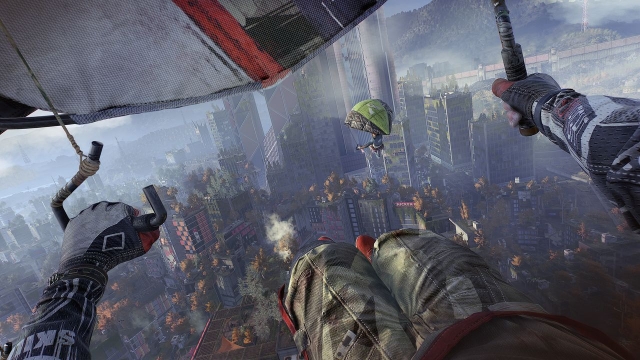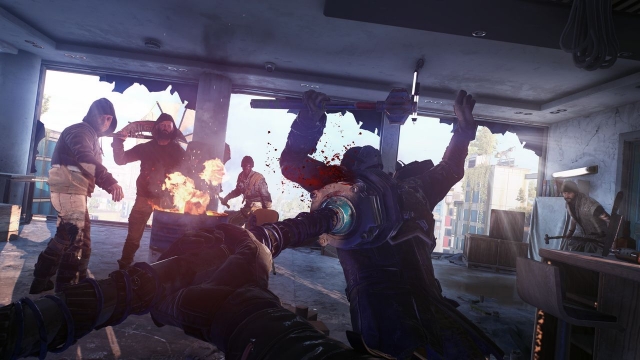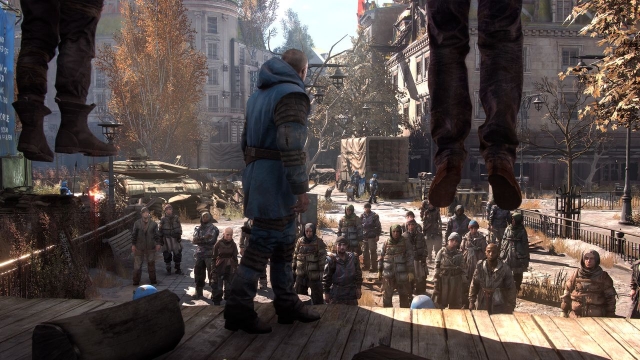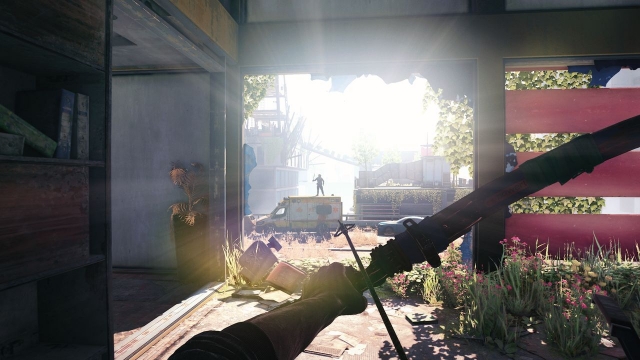Dying Light 2: Stay Human
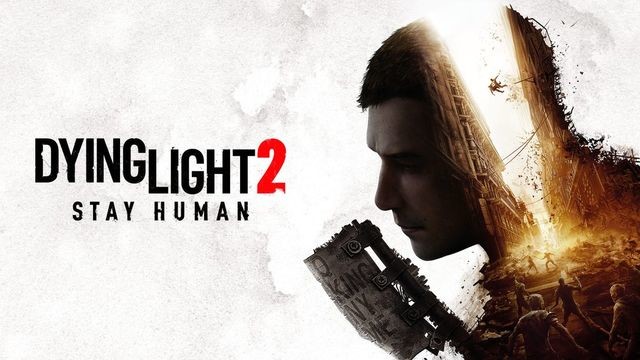
Realistically, any review you see of Dying Light 2 for the next month is going to be a review in progress. Techland, showing a near-total inability to read the room, has been boasting for a couple of weeks at time of writing that it should take roughly 500 hours to complete DL2, and I can believe it. At 20 hours in, which is all that I’ve been able to play in the time I’ve had with the game, I’ve barely scratched the game’s surface.
The general idea behind DL2, in fact, seems to be to take the original Dying Light and add more of it, in almost every direction. The city’s bigger, the stakes are higher, the map is full of hidden objects, and your choices have significant enough consequences that a second run would, at least in theory, play out much differently from your first. It’s Dying Light, but with the sheer density of activities that’s more commonly found in an Assassin’s Creed or Grand Theft Auto game.
DL2 is set 15 years after the original DL. The Harran Virus, named after the city where DL was set, was initially treatable, but eventually mutated into a more virulent form. Cue the zombie apocalypse: nations crumbled, civilization fell, and the handful of survivors have been left clinging to hole-in-the-wall settlements. It’s not the end of the world yet, but you can see it from here.
You play as Aiden, who’s one of the few people who are brave/stupid enough to travel through the wilderness, who survive through speed, improvisation, preparation, and raw agility. In Aiden’s case, he’s trying to find his sister Mia, whether she’s dead or alive.
His investigation brings him to the city of Villedor, which is located in some indeterminate landlocked area within what I assume is continental Europe, and which may very well be the last city on Earth. The city, predictably, is a war zone, with multiple factions of survivors fighting against zombies and each other, and Aiden ends up caught up in its local politics almost before he realizes it.
DL2, like the original DL, is essentially an urban parkour playground with zombies. By day, most of the monsters on the ground are slow shamblers that are easy enough to avoid or outrun; by night, more powerful zombies hit the streets and it’s very easy to die.
Also like DL, you start DL2 at the very lowest end of the game’s power curve. The trick to enjoying DL was to understand and appreciate that you had no business fighting anything at all for the first couple of hours, and the same is more or less true of DL2. I thought it was frustrating until I was able to pick up a handful of upgrades, at which point the game slowly began to open up.
The biggest difference between the games, aside from DL2’s sheer size, is DL2’s focus on melee combat. It’s far enough into the apocalypse that guns and ammo are nearly impossible to come by, so axes, clubs, bows, and improvised bombs are back in style. As a result, fighting in DL2 is, more often than not, a messy, desperate exchange of parries, blocks, counterhits, and explosive decapitations.
DL2 wants to call this “Parkour Combat,” where you’re gently encouraged to use Aiden’s agility and tricks to gain whatever advantages you can. This can include vaulting off stunned enemies to dropkick their allies, throwing bricks or bottles, kicking somebody into local hazards like spike strips, or that old DL favorite of straight-up tossing zombies and people off of rooftops.
In practice, I tended to only notice most of my parkour options after I’d already won a fight, but they do occasionally lead to some cool, dynamic moments. You’ll never forget the first time you punt some poor bastard into open flames, or win a fight with a pack of bandits by luring them into a larger pack of zombies.
What I do like is that DL2’s combat, like most of the original game, is more interested in results than anything else. You aren’t forced to play DL2 in any particular way, aside from the occasional high-stakes duel, and even then you’re generally able to cheat as hard as you can.
You can go ahead and play the game like a grimy junkyard version of Ghost of Tsushima, or you can bring tripmines and poison to what’s ostensibly a sword fight. I had a lady run up on me with a katana and challenge me to an honor duel, so I set her on fire and stuck a brick of C4 up her nose. Ain’t no fair fights in the apocalypse, player. Zombie at the door shoulda told you.
That general atmosphere carries over into the game’s setting. DL2’s city is a massive, sprawling, lived-in ruin, which is just on the verge of tipping over into total anarchy when Aiden arrives. People are still going about their lives, but food’s dwindling, water’s scarce, and life is cheap.
Even then, DL2 does carry forward my single favorite part of the original DL. Despite the game’s name and the generally precarious state of its setting, DL2 isn’t interested in full-on nihilism the way that a lot of zombie stories (The Walking Dead, arguably Night of the Living Dead, any number of comics and novels) tend to be. Aiden is, most of the time, here to help, and many of the missions you undertake are primarily about making life better for the survivors around you.
Even so, DL2 does have a branching narrative, which lets you transform the city as you go to suit your needs. In the first neighborhood, for example, you can opt to side with the normal civilians, who are half-crazy and constantly making trouble for themselves but are generally keeping it together, or the self-appointed Peacekeepers, who are well-organized and intelligently run but very much want to impose a police state on everyone they can see.
Neither of them are entirely right, but neither are 100% wrong, and neither are the methods you’ll use if you opt to side against one over the other. It’s a bad, desperate situation, with no obviously superior path, and what you choose to do will affect who holds power within the city’s various districts. That, in turn, adds more facilities and features, depending on who’s in charge; the Peacekeepers litter the streets with tricks and traps, so it’s easier to fight off zombies when you travel at night, but the survivors provide more parkour options.
All in all, then, DL2 is a well-designed, broad, sweeping journey of a game that could keep you busy for the rest of the year. A lot of thought, time, and care has been put into it.
Even so, as seems to be Techland’s whole bag, DL2 is rough around the edges. It’s got a real problem, at least in the pre-release build I’ve been playing, with its systems not quite working as expected; sometimes you simply fail to grab a handhold or climb onto a ledge, and Aiden’s “survivor vision” gimmick doesn’t always fire when you hit the button. I’ve also hit a handful of genuine glitches, like an early sequence where I’m sure I just didn’t have enough stamina to accomplish what the game was asking me to do.
The gear system is also finicky and hard to work with. You can throw on up to six pieces of equipment – hat, shirt, pants, gloves, shoes, and bracers – to augment Aiden’s stats and armor rating, but the improvements are so incremental and scattershot that it’s often difficult to tell if it’s worth bothering with. It’s messy, and I often found myself ignoring it.
The biggest issue I have, though, is that DL2’s entire deal seems like it would only work better in any perspective other than first-person. DL2 is a rough assemblage of styles of gameplay that are typically better done in third-person, whether it’s melee combat, high-speed platforming, or acrobatics. I don’t generally have problems with motion sickness or headaches with first-person games, but every time I hit a breakfall in DL2 and Aidan does a forward somersault, it does turn my stomach a bit. It’s a testament to how hard Techland’s worked that DL2 is still entirely playable and even addictive, but the perspective’s holding it back.
I plan to keep playing DL2 and see how things develop. The original DL is a rare example of a 2010s game that did feel like it was saving the best for last, but at the same time, its DLC The Following left such a bad taste in my mouth that I’ve yet to revisit it. It’s left me wary of whether or not DL2 will stick its landing.
For now, though, I’d give Dying Light 2 a strong recommendation. You do need to put up with its first rough couple of hours before it really comes together, and it’s got some sore spots here and there, but it’s a solid, well-designed, surprisingly optimistic zombie game. I’ve enjoyed my time with it so far.
Reviewed By: Thomas Wilde
Publisher: Techland
Rating: 85%
——————————————————————————–
This review is based on a digital copy of Dying Light 2: Stay Human for the PC provided by Techland.
 Game Over Online
Game Over Online